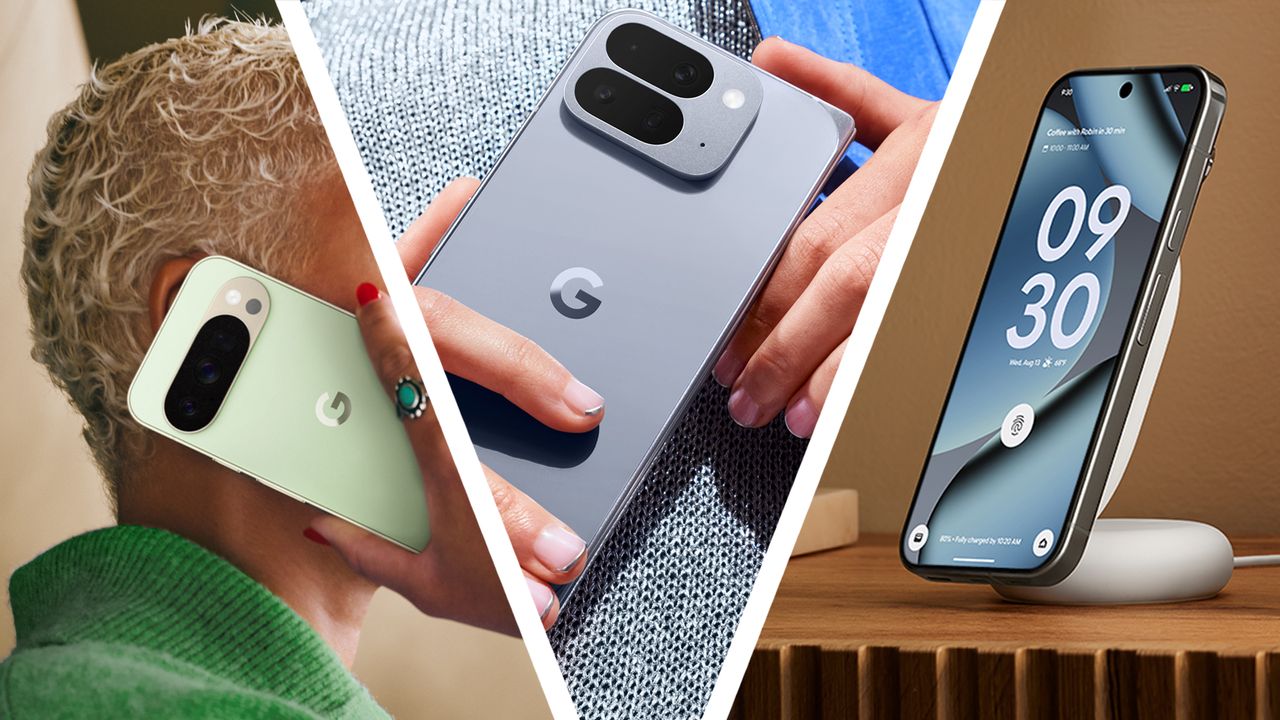
- Pixel 10 will not have physical SIM cards slots, Google confirms
- Buyers can transfer eSIMs from Apple to Android and vice-versa
- However eSIM adoption is uneven and can pose a risk for unprepared travelers
Google has confirmed eSIMs will replace physical SIM card slots in its new Pixel 10 smartphone range.
Reports from Android Authority claim Google’s implementation may also support bi-directional transfers, meaning users can transfer an eSIM from an Apple device to an Android device or vice versa.
For now, this change appears to apply only to US models, but come after Apple made a similar move with iPhone 14, and now Google is following suit, further indicating eSIMs are revolutionizing the industry in a significant way.
What does this mean for travelers?
eSIMs for international travel have already become the go-to solution for many and now Google’s latest move suggests the beginning of a new era.
If major firms like Apple and Google are committing to eSIM-only devices and other tech giants like NordVPN and IPVanish are entering the eSIM market, then it is safe to say that eSIMs have become the norm.
On iPhones, the process could be handled through the “Transfer to Android” option in settings, while Pixel 10 devices may rely on the Android Switch app, either by scanning a QR code or initiating a manual connection session.
Android Authority also reports that the feature may only be supported in iOS 26, expected to launch alongside the iPhone 17 in September 2025. However, these details remain speculative for now, and we will have to wait for the official rollout to see what holds true.
“Going eSIM-only makes it faster and easier to connect to a network. You can download a plan in minutes without fiddling with a tiny SIM card, which is a huge win for convenience”, says Sarah McGarr CEO of Sim Local.
For travelers, this shift means getting comfortable with digital connectivity is no longer optional. As physical SIM slots disappear, checking for compatability, understanding how to activate, transfer, and manage eSIMs will be essential for staying connected seamlessly across borders.
“Check the best local eSIM plans, pick the best deal, and be online in minutes. Google’s eSIM move will only make more people expect this kind of convenience, and it’s up to the industry to make sure travelers can always find easy and affordable ways to stay connected”, adds McGarr.
However, the biggest challenge to this revolution is that adoption is uneven. The ability to use an eSIM doesn’t just depend on owning a compatible device, it also hinges on whether local carriers support the technology and what plans they offer.
Travelers need to be prepared and do their research on carrier compatibility before flying and keep a global eSIM app as backup.
“The ability to use an eSIM is not so much country-dependent as it is device-dependent and network-dependent. That means a traveler could land somewhere only to find that their mobile network doesn’t yet support eSIM, or that their plan options are limited. In those cases, people may end up paying more in roaming fees or have fewer choices than they expected”, concludes McGarr.
You might also like
- UK travelers are on track to waste over £350 million in roaming fees over the summer – I spoke with Holafly eSIM on the ultimate travel hack to beat the charges
- We’ve covered the best eSIMs for Europe
- Heading to the States? Check out our roundup of the best eSIMs for USA


Leave A Comment